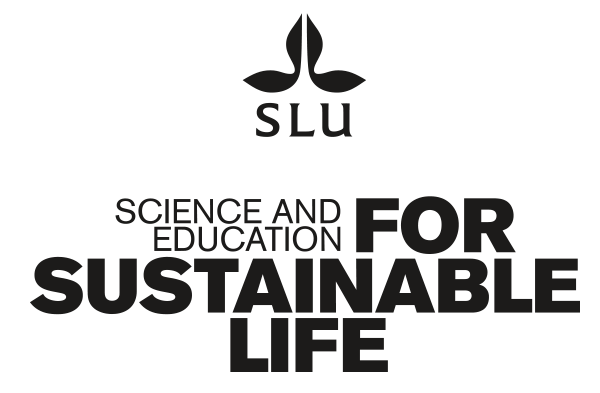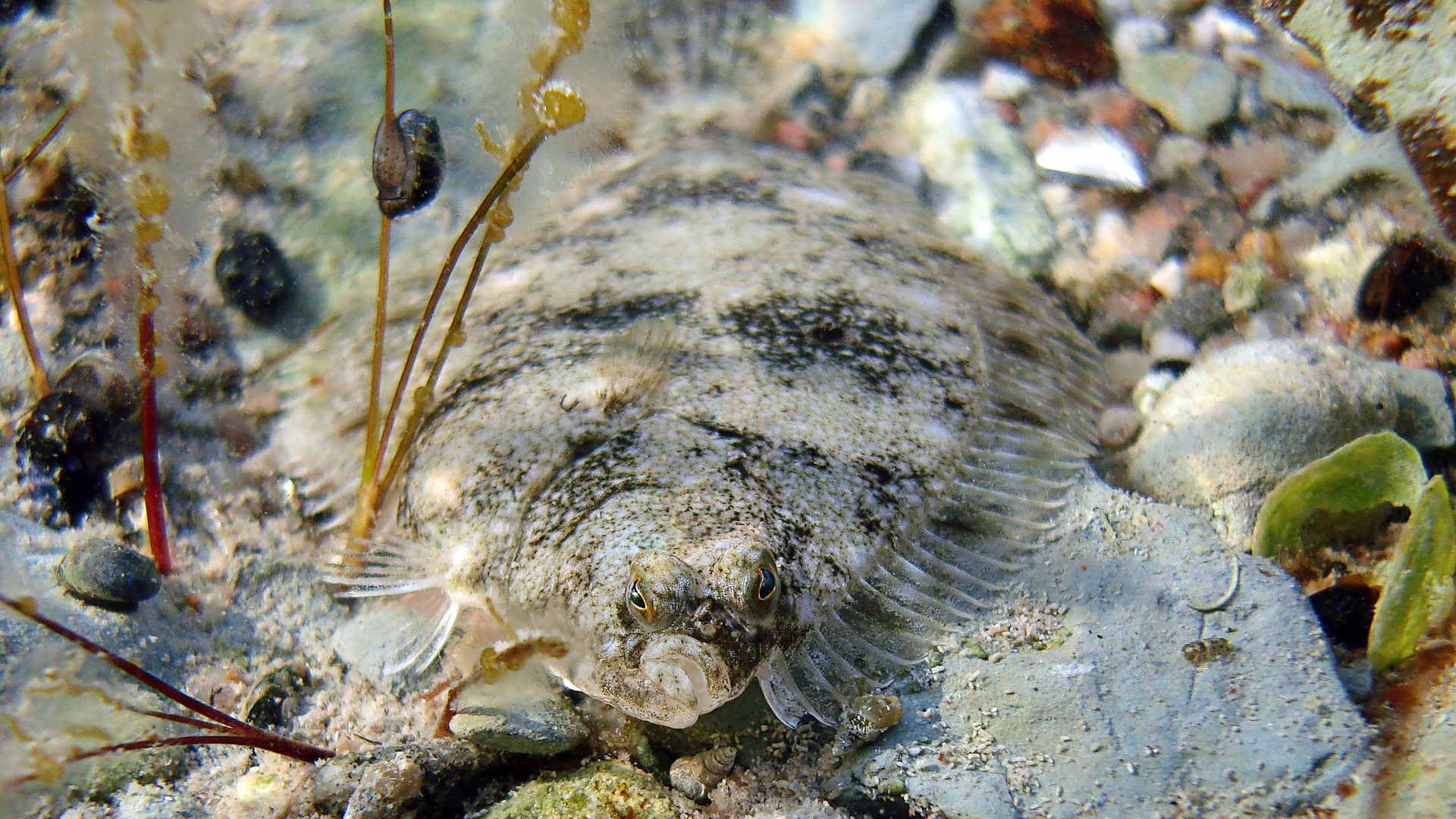
Photo: Anders Asp
Is there hope for our oceans? Countries around the world have promised to protect a third of all maritime areas. These pledges now need to be put into practice; to make smart decisions, we will need excellent data.
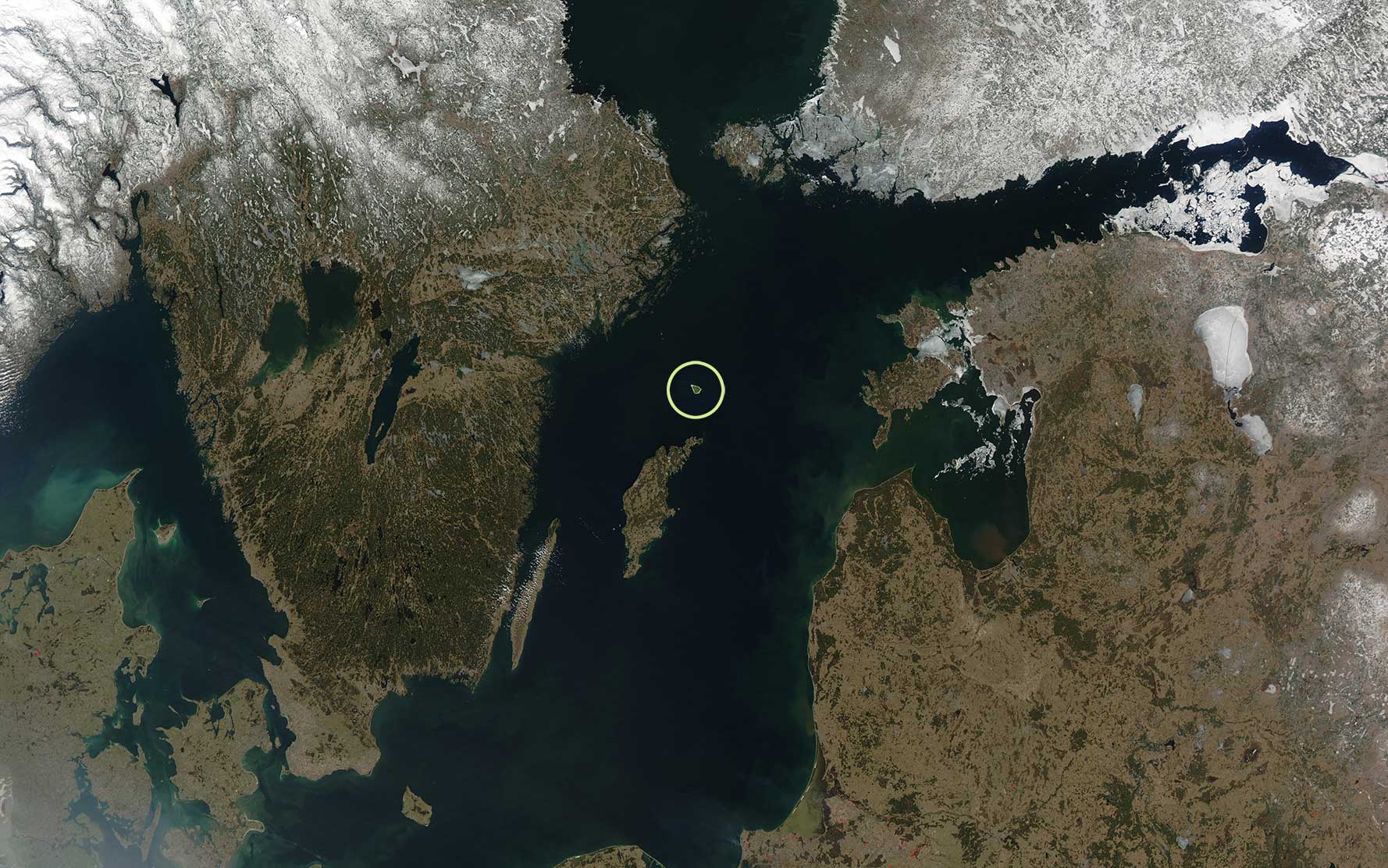
Gotska Sandön marked on photo. Map from: Visible Earth NASA.
The test-fishing nets have been out all night here at Gotska Sandön, 21 nautical miles north of Gotland in the middle of the Baltic Sea. It is an early morning in June, and the sun glitters on the almost perfectly calm sea. Fredrik Franzén, Environmental Monitoring and Assessment Analyst at SLU, empties the nets and registers their catch.
These waters are part of one of Sweden’s oldest and largest no-take zones, and known for their healthy stocks of turbot and European flounder. But how exactly do fishing bans affect flatfish? Does a prohibition actually help strengthen stocks? Could it even have a positive effect on the entire marine ecosystem?
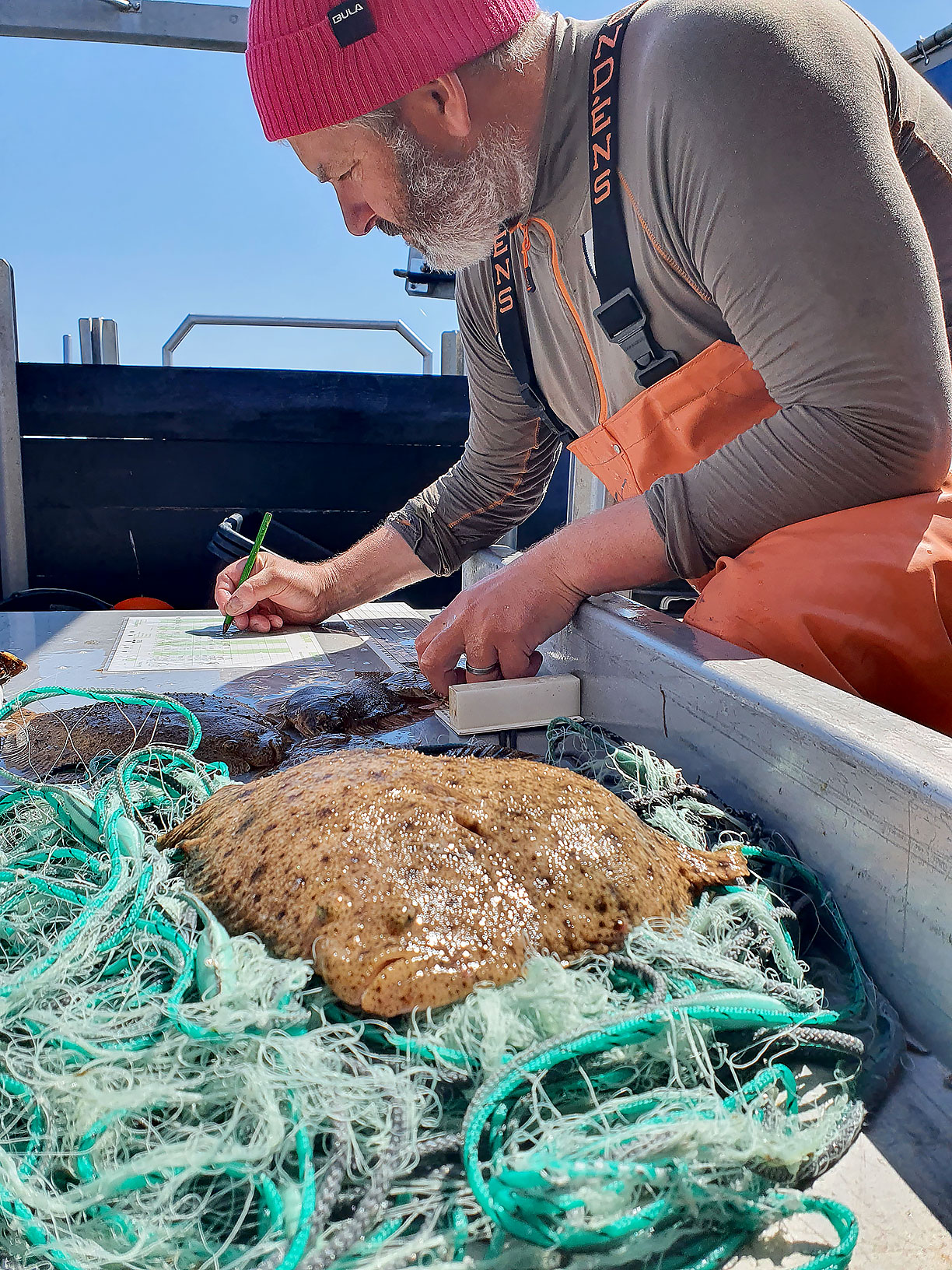
![]()
Flatfish thrive off Gotska Sandön; the development of the stock here shows that the ban is working. The same effect has been observed in most of Sweden’s no-take zones.
“When fishing is no longer allowed somewhere, the fish in the area tend to rapidly increase in size and number. On average, stocks in no-take zones tend to be three times larger five years into a ban than those in similar areas where fishing is allowed to continue,” says SLU researcher Ulf Bergström. Together with many of his colleagues, he has evaluated the long-term effects in Sweden of no-take zones, at the request of the Swedish Agency for Marine and Water Management.
But banning fishing has positive effects on more than just fish stocks. The measure can also restore the habitats of other marine species and create more well-functioning ecosystems.
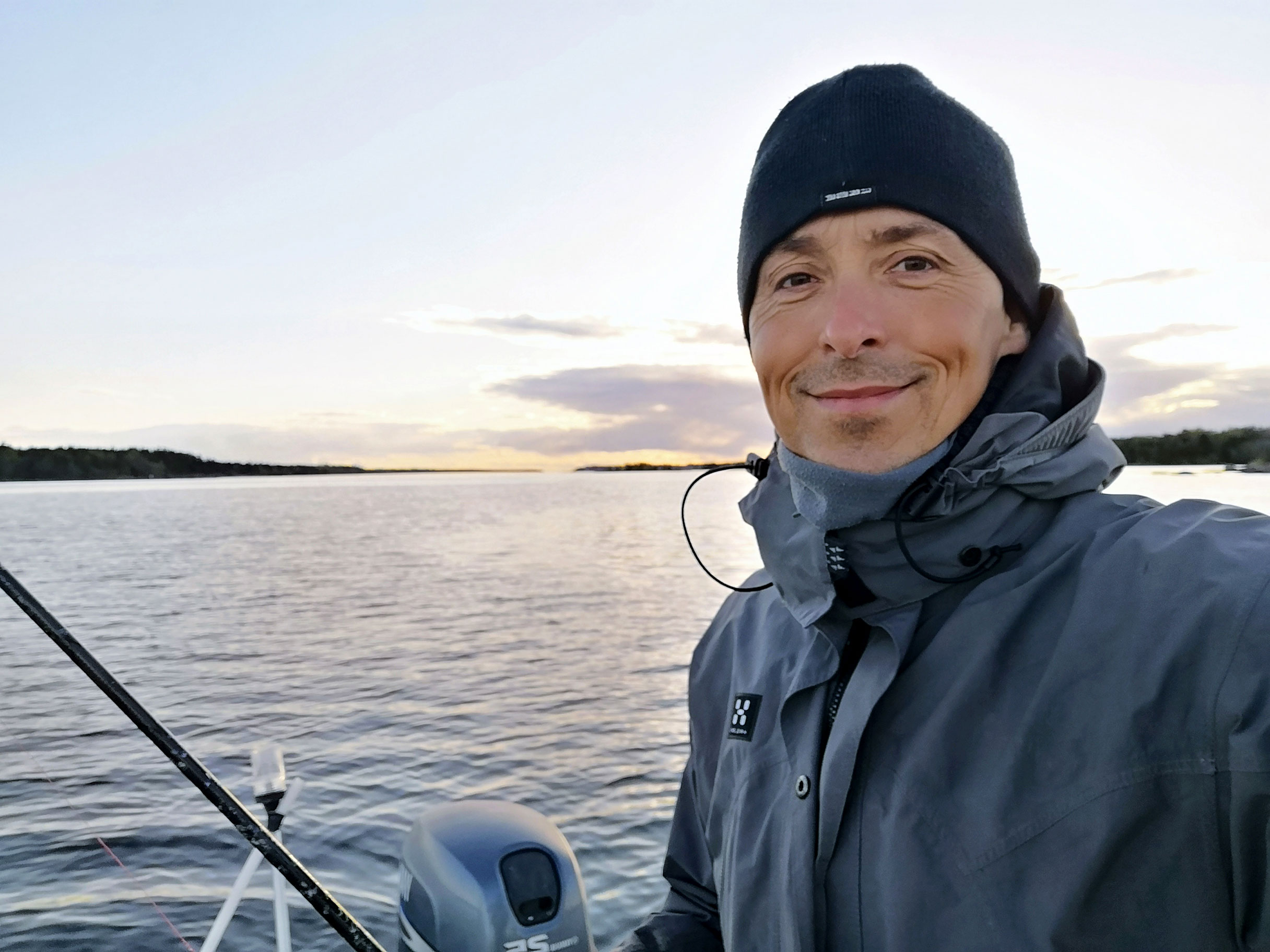


Ten years after the waters off Vinga on the West Coast of Sweden were turned into a no-take zone, the area’s lobsters produce three times as many eggs as their conspecifics outside of the zone. The entire community of fish and shellfish in the protected area has changed since the ban, and the food webs in the area now have a more natural structure.
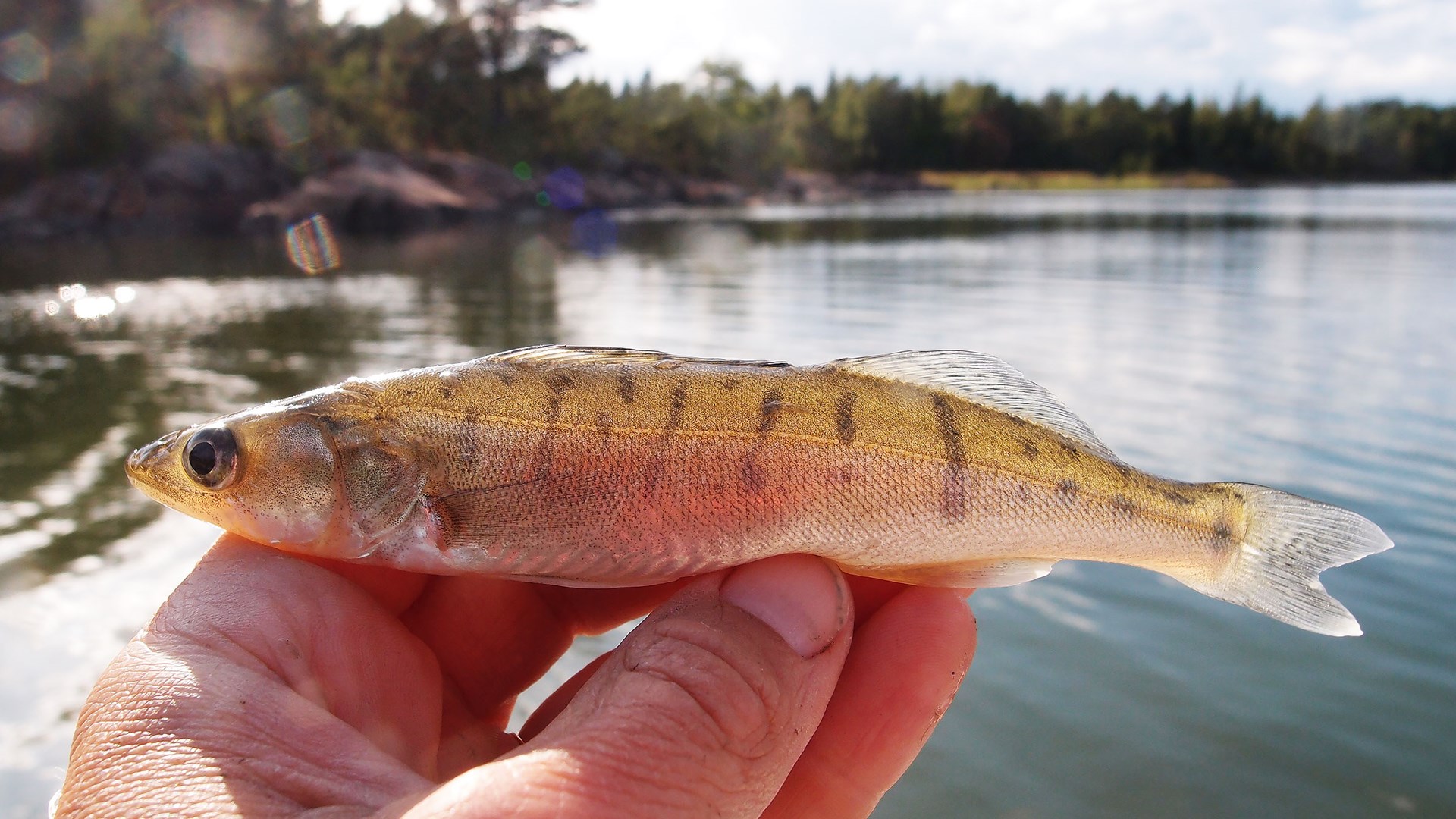
Healthy coastal waters are dominated by predatory fish such as perch and pike (in the Baltic Sea) or Atlantic cod and lobster (on the West Coast), which live in gently rippling underwater forests of bladder wrack and eelgrass. In ecosystems where predatory fish are struggling, their prey – like stickleback and shore crab – tend to take over instead. These species then devour enormous amounts of small crustaceans and sea snails, which would otherwise have grazed on and kept filamentous algae in check. When predatory fish disappear, eutrophication worsens, the filamentous algae rapidly take over and water quality decreases. Banning fishing allows predatory fish to recover and restores the ecosystem.
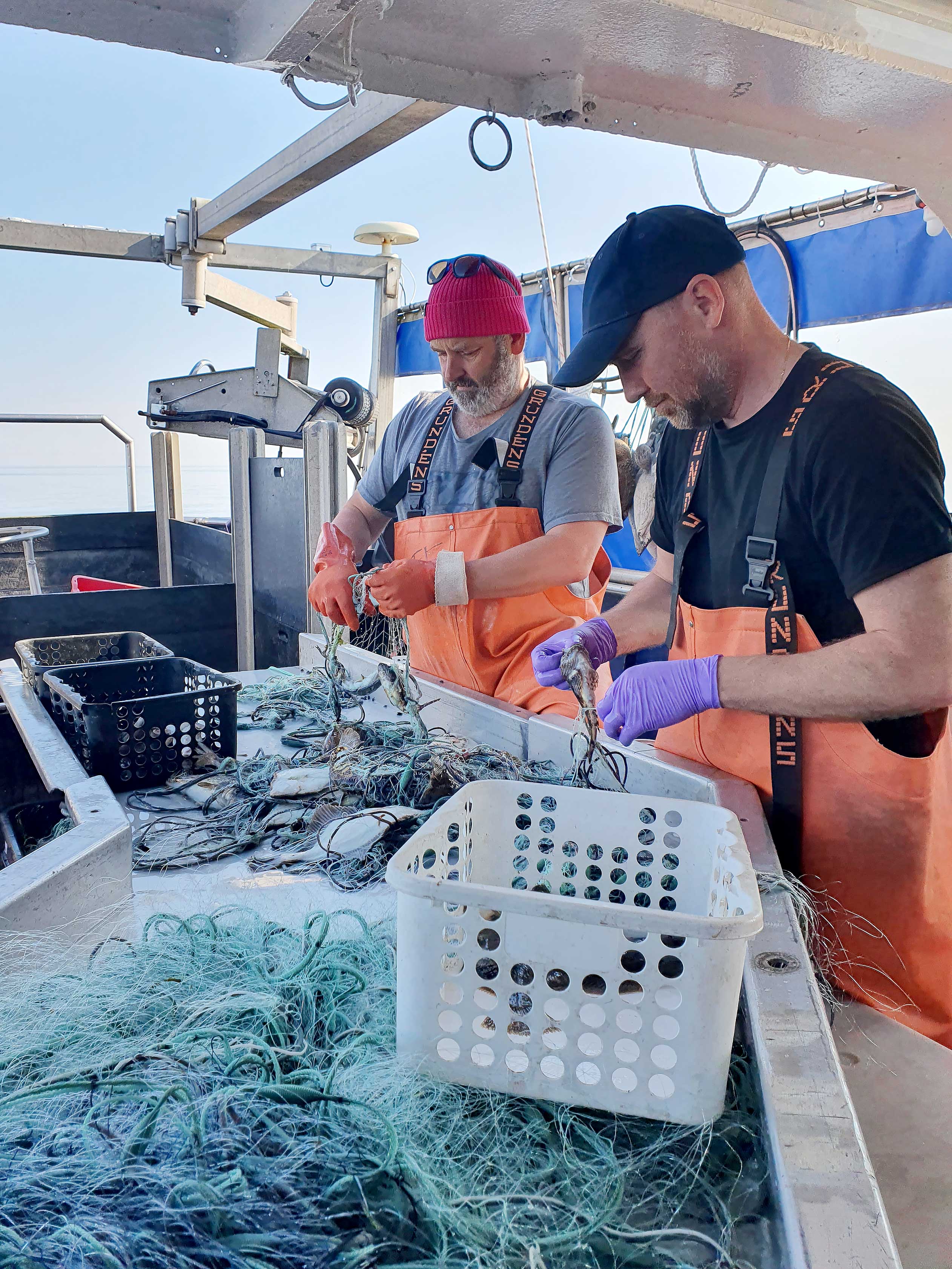
The results of SLU’s evaluation are more topical and relevant than ever, because they illustrate how turning parts of the sea into no-take zones can be an important tool in the arsenal of ecosystem-based ocean management. It is just one of the many measures that countries will need to take if they are to keep their promises to protect the planet’s flora and fauna.
These promises were enshrined in the Global Biodiversity Framework the UN agreed on at COP 15 in December 2022; some call the document a “Paris Agreement for biodiversity”. Its goals are clear – and the bar is set high. By 2030, at least 30 per cent of degraded areas (both water and land) around the world must be under restoration. At least ten per cent of these areas must be strictly protected.
The clock is ticking, and a lot remains to be done.
In strictly protected areas, there should be a total ban on fishing, or at the very least severe restrictions. We have a long way to go: Sweden has turned a larger share of its waters into no-take zones than any other country in Europe. Yet fishing is banned outright in only about one per cent of our coastal and maritime areas.
“These political agreements are important and pivotal for the future of our oceans,” says Charlotte Berkström, a researcher at SLU. “The challenge is to establish protected areas in a way that maximises benefits for nature and people alike, based on correct scientific data. Our research shows that fishing bans can help restore and maintain resilient stocks and habitats for future generations.”
![]()
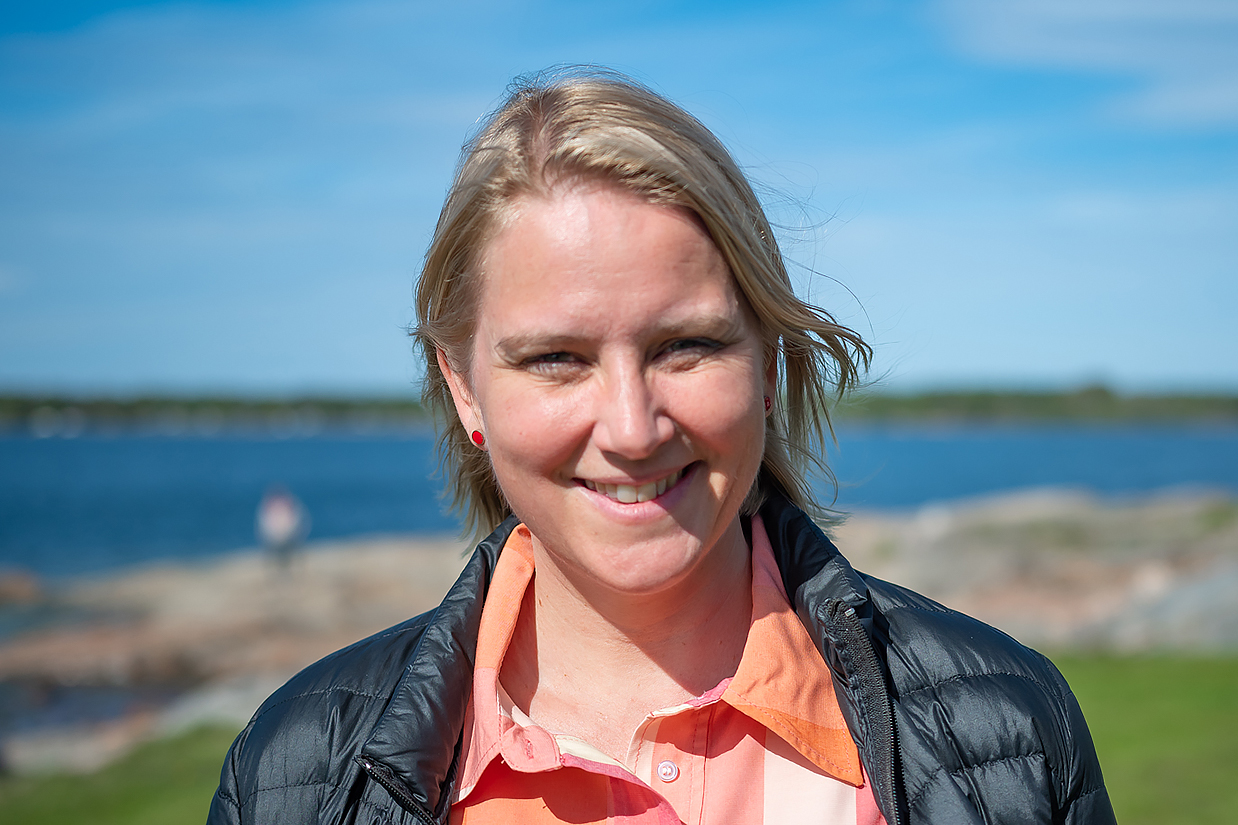
Charlotte Berkström, SLU: “Today, about one per cent of Sweden’s coastal and maritime areas are no-take zones where fishing is not allowed. This makes us the frontrunner in Europe. If we are to achieve the biodiversity and nature preservation goals the world has agreed on, however, we still have quite some way to go.” Foto: Mårten Erlandsson
![]()
No-take zones enhance fish populations and restore the marine environment https://www.slu.se/en/departments/aquatic-resources1/research/sustainable-fishery/no-take-zones/
Long-term effects of no-take zones in Swedish waters https://publications.slu.se/?file=publ/show&id=120390
UN Biodiversity Conference (COP 15)
https://www.unep.org/un-biodiversity-conference-cop-15
![]()
Story:
Sofia Bureborn, e-mail.
Institutionen för vilt, fisk och miljö.
Press / research contact:
Charlotte Berkström, e-mail, +46104784165.
Production:
SLU Division of communication, e-mail.
The content is free to share in its original form if the source/url is cited.
![]()
An eye for science. We see the world through our own eyes. Sometimes we need a microscope to see the bigger picture, other times patterns are clearer at a distance. Beauty can catch your eye from the bottom of a petri dish, during a walk in the woods, or in a new data series. SLU brings together people who have different perspectives, but they all have one and the same goal: to create the best conditions for a sustainable, thriving and better world.
